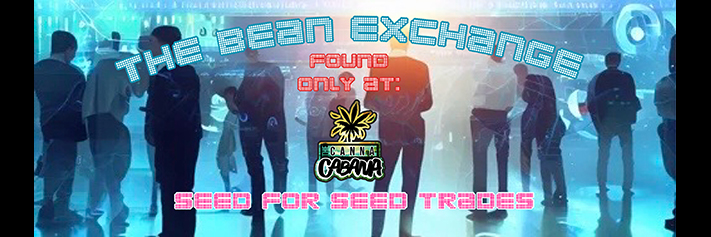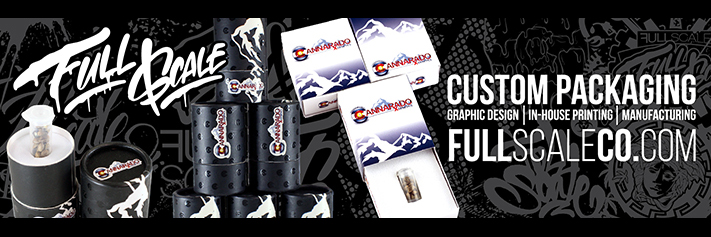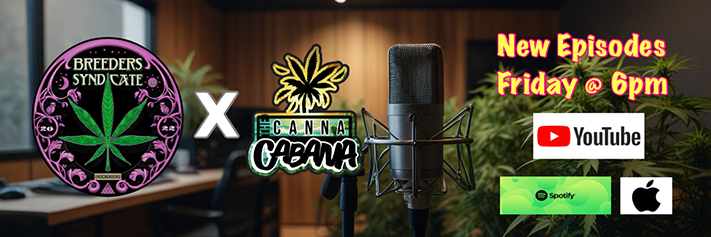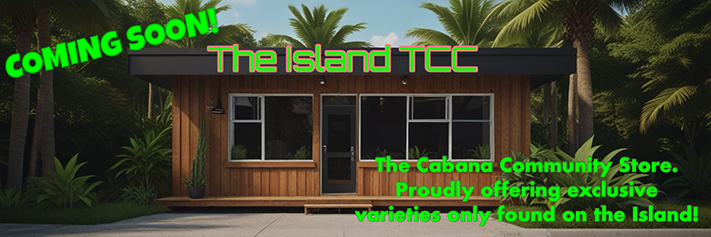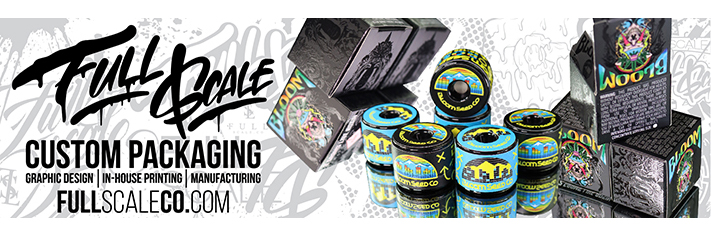D
DSOTM
Guest
I have long been an advocate of the potential of LEDs for low power stealth grows. I don't have the time to re-create some the posts I made at CW or OG, but I'd like to start this thread for folks to share their experiences. In particular, I know hr has had a working setup in the past. HR, bro, if you got the time to summarize your efforts you've got at least one interested listener.
For those of you who are new to LEDs, an array of 670nm (red) LEDs with a few 470nm (blue) LEDs intermixed will give a plant all it needs to grow and flourish. I'm talking 10 to 15 watts worth of power equalling the useable output of a 400 W HPS.
There are other aspects of the technology that fascinate me more, such as experimenting with duty cycles (Time on vs. time off, i.e., switching) and using 730nm (infrared) LEDs to reset the flowering hormones and shorten the dark period for flowering, thus shortening the total flowering cycle, and stuff like that, but mainly here I'm interested in basic growing results using solid state illumination.
For those of you who are new to LEDs, an array of 670nm (red) LEDs with a few 470nm (blue) LEDs intermixed will give a plant all it needs to grow and flourish. I'm talking 10 to 15 watts worth of power equalling the useable output of a 400 W HPS.
There are other aspects of the technology that fascinate me more, such as experimenting with duty cycles (Time on vs. time off, i.e., switching) and using 730nm (infrared) LEDs to reset the flowering hormones and shorten the dark period for flowering, thus shortening the total flowering cycle, and stuff like that, but mainly here I'm interested in basic growing results using solid state illumination.



